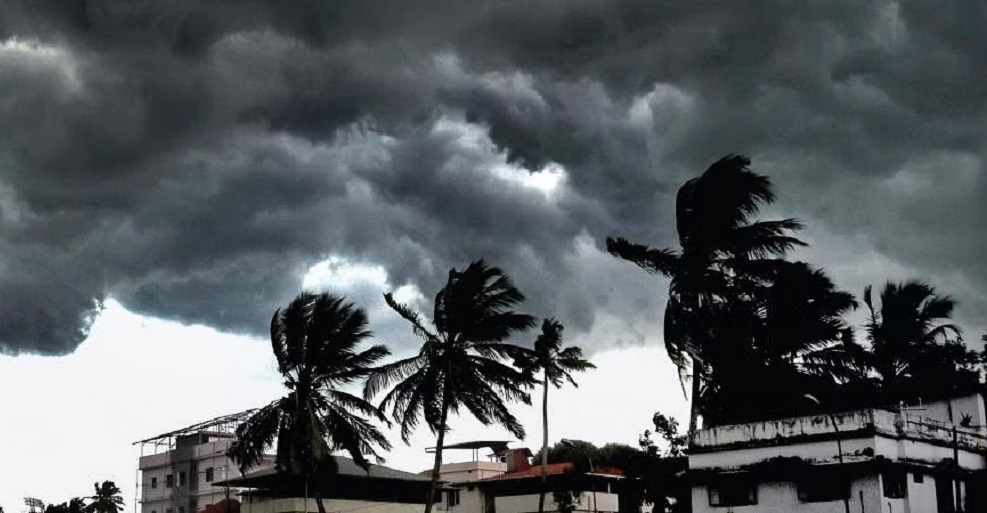
Kalamassery: A recent study has warned that Kerala is under the increased threat of cumulonimbus clouds that cause sudden and heavy thundershowers, cloudbursts and flooding. Cumulonimbus clouds are multi-level, vertical columns of clouds, extending high into the sky in towers or plumes.
The research conducted under the guidance of Dr S Abhilash, Director of Cochin University of Science and Technology (CUSAT)’s Advanced Centre for Atmospheric Radar Research, also found the formation of cumulonimbus clouds stretching up to 12 to 14 kilometres, which has now triggered the heavy downpour and lightning Kerala has been experiencing. The study, published in the Naturfe Portfolio Journal, also said such sudden and heavy rains of shorter durations triggered floods.
Normally, low-hanging clouds over the west of Western Ghats have been associated with monsoons. But of late, cumulonimbus clouds stretching to 12 to 14km have been found over the Kerala coast. The study also warns of clouds getting thicker. Earlier studies revealed that cumulonimbus clouds and short cloudbursts had caused the 2019 floods. The western coast has been witnessing rapid atmospheric changes leading to cloudbursts that bring intense torrential rains to Kerala. The increased speed of south-westerlies, extreme deep convection, and the increasing surface temperature of the Arabian Sea have been pointed out as the reasons for the atmospheric change.
The heavy torrential rains in short bursts seldom help the farming sector. Researchers said the rainwater empty into the sea rapidly, taking with it the minerals from the top soil. Rains measuring 5cm in two hours, too, could lead to flooding and landslides, experts opined.

Post Your Comments